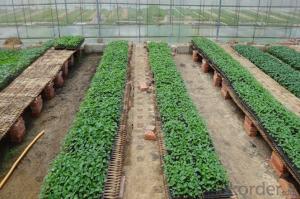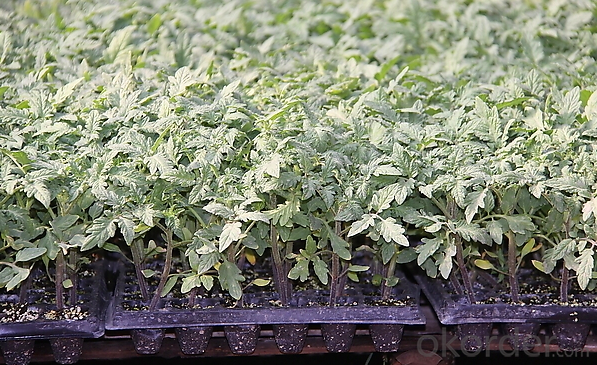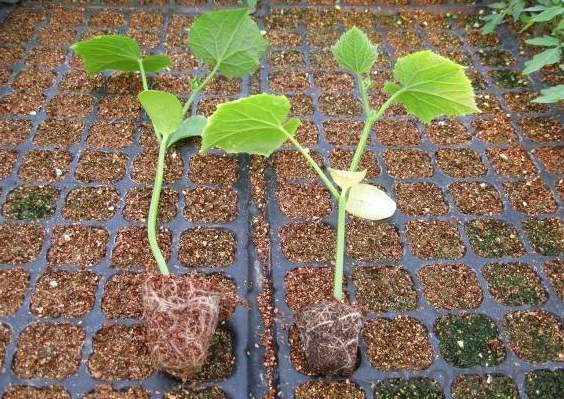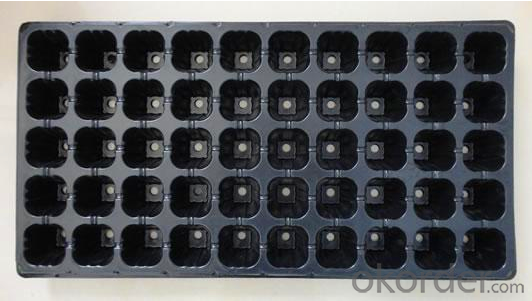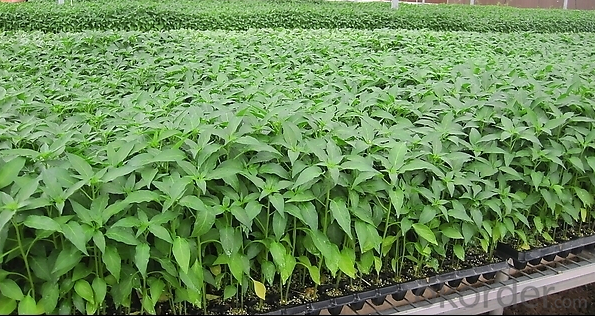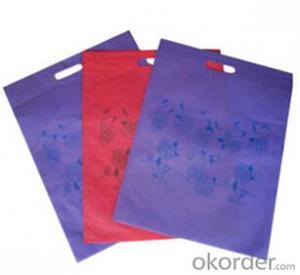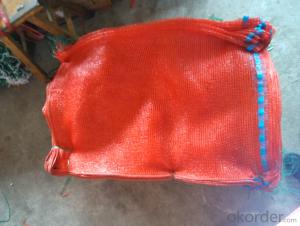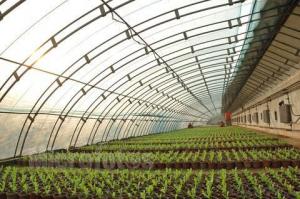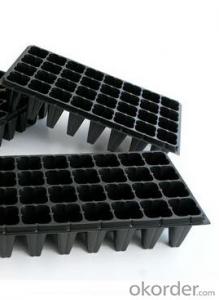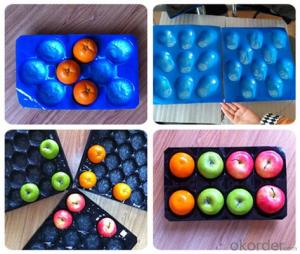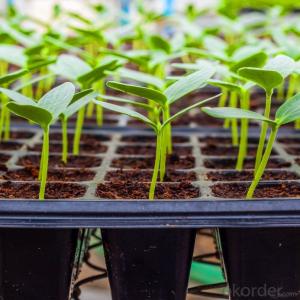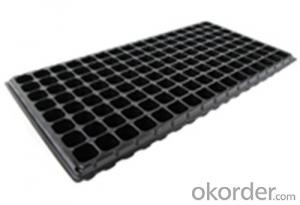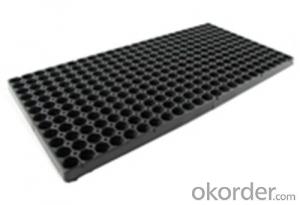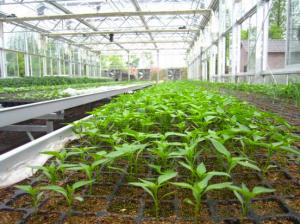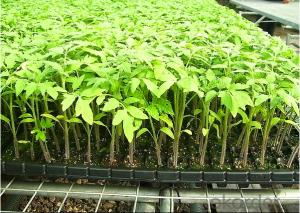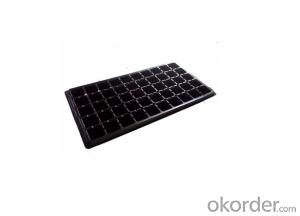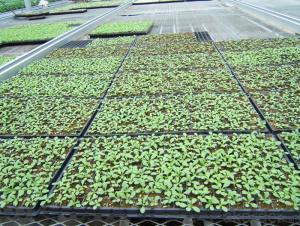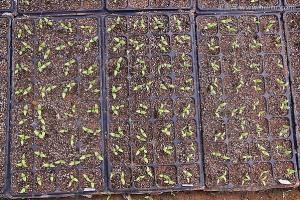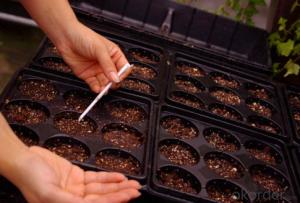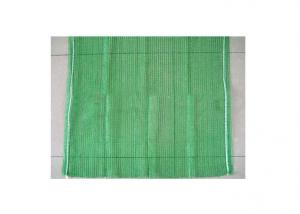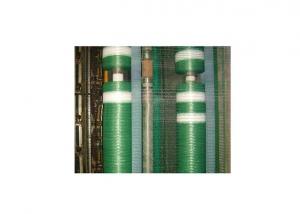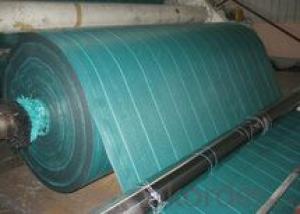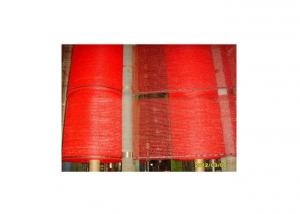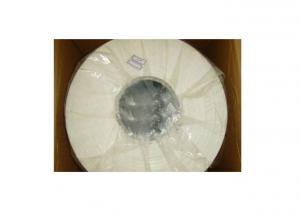50 72 Holes Poly Styrene Plug Tray for Nursery
- Loading Port:
- China main port
- Payment Terms:
- TT OR LC
- Min Order Qty:
- 3000 pc
- Supply Capability:
- 2000000 pc/month
OKorder Service Pledge
OKorder Financial Service
You Might Also Like
Specification of Plug Trays HIPS Made Plastic Plug Tray for Greenhouse (Growing and Seedling):
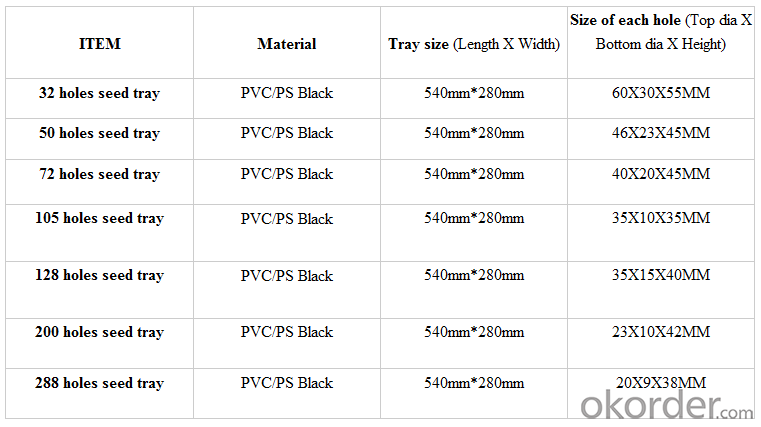
Features of Plug Trays HIPS Made Plastic Plug Tray for Greenhouse (Growing and Seedling):
· Material: HIPS
· Thickness: 0.5mm-1.5mm, Standard:1mm
· Weight: 80g(±5)g-230g(±5)g, Standard weight:155g(±5)g
· Size: length:490mm-540mm, width:190mm-345mm,depth:25mm-150mm
· Standard:540mmX280mm
· Cell count: 18-512
· Package: In Carton
· Warrenty: 8-10 times
Packaging & Delivery
Packing Detail: export standard carton or large bags
Delivery time: 4 million per momth after receipt of deposit
Advantage:
Waterproof, UV-resistant, extrusion-resistant
Easy carry for young seeding plant and grow
Service:
1. Quick, efficient and professional response within 24 hours, 14 hours online services
2. 10 years manufacturing and exporting experience in agriculture field.
3. Technical support and solution by chief engineer.
4. Strict quality control system & team, high reputation in the market.
5. Full range of irrigation products for choice
6. OEM/ODM services
7. Accept sample order before Mass Order
Picture of Plug Trays HIPS Made Plastic Plug Tray for Greenhouse (Growing and Seedling):
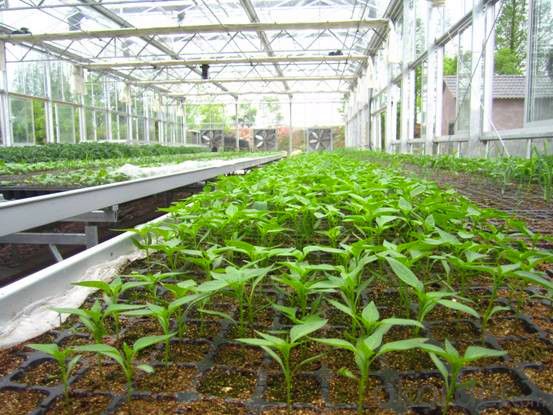
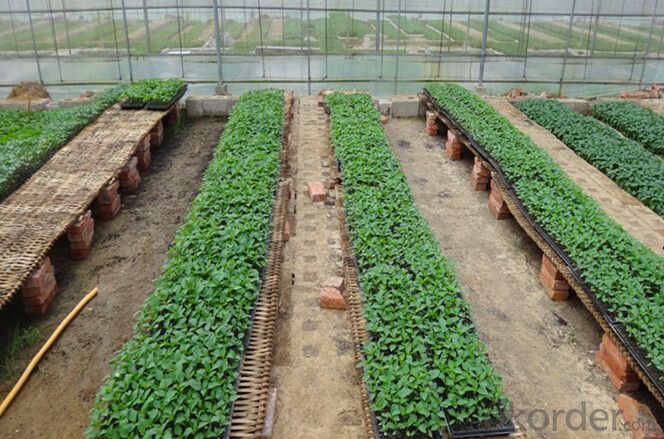
FAQ of Plug Trays HIPS Made Plastic Plug Tray for Greenhouse (Growing and Seedling):
Q: 1.How long is the production time?
A: Usually one to two weeks.
Q: 2.How is the seed tray being packaged?
A: They can be packaged in carton or pallets. Carton size is 1375px*725px*1250px.
Q:3.How many times can the seed tray be used?
A: Under the same environment, it is decided by the thickness. Usually 0.6mm thickness can be used for 1 or 2 times.
1.0 thickness can be used for 3-4 times. 1.5 thickness can be used for 8-10 times.
- Q: What is the difference between plastic and elastic collision?
- For the best answers, search on this site https://shorturl.im/avwq4 It just depends upon the materials of the colliding bodies. When the collision occurs there are stresses and hence strains are developed in the bodies. If the stresses are in elastic range, the bodies regain shape and kinetic energy. If the material is in plastic range there is no regain in shape and inelastic collision occurs. You will have to study the stress-strain curves to understand this more. You will have to first calculate stress on the bodies, i.e. force/area, then see whether it is in elastic or plastic range or a combination of both.
- Q: How are plastic containers used in agriculture?
- Plastic containers in agriculture are used for various purposes such as seedling propagation, storage of fertilizers and pesticides, transportation of harvested crops, and even as temporary greenhouse structures. They provide durability, protection, and convenience in several aspects of agricultural operations.
- Q: How are plastic greenhouse connectors used in greenhouse construction?
- Plastic greenhouse connectors are used in greenhouse construction to provide a secure and flexible framework for the structure. These connectors are designed to join the greenhouse pipes or poles together, allowing for easy assembly and disassembly of the greenhouse. They are typically made of durable plastic materials that can withstand the environmental conditions inside a greenhouse, such as high humidity and temperature fluctuations. By connecting the greenhouse components, these connectors ensure stability and structural integrity, enabling the greenhouse to withstand external forces like wind and snow loads.
- Q: What are the benefits of using plastic containers for transporting produce?
- The benefits of using plastic containers for transporting produce include durability, lightweight design, easy cleaning, and the ability to protect fruits and vegetables from damage or spoilage. Additionally, plastic containers are reusable, cost-effective, and can be stacked efficiently, making them practical for transportation and storage purposes.
- Q: im getting my bellybutton professionally pierced soon and i was just wondering whats the difference between the metal rings and the plastic bendy ones witch one is better and why? also witch one will have a higher risk of the piercing getting infected? also should i stay away from the cheap belly rings cause they could get it infected? thankss
- If I were you, I would go with the metal belly button rings. Only because i would think that the plastic bendy one, would rub against your skin and cause it to be kind of like a burn if that makes sense? I would stay away from cheap belly button rings because think about it, if you use cheap earings what is going to happen to your ear? It will get infected. I'm sure the same thing will happen to your belly button.
- Q: How do plastic tree guards protect young plants from pests and animals?
- Plastic tree guards create a physical barrier around young plants, effectively shielding them from pests and animals. These guards act as a deterrent, preventing insects, rodents, and larger animals from accessing and damaging the plants. Additionally, they can provide protection against harsh weather conditions, such as strong winds or heavy rainfall, further safeguarding the plants as they grow.
- Q: Can nursery trays be used for succulent propagation?
- Yes, nursery trays can be used for succulent propagation. They provide a convenient and organized way to grow and propagate succulents, allowing for easy monitoring and care. Additionally, the compartments in nursery trays help prevent overcrowding, allowing each succulent to have enough space to grow and develop roots.
- Q: Are nursery trays suitable for starting pepper plants?
- Yes, nursery trays are suitable for starting pepper plants. Nursery trays provide a controlled environment for seed germination and early plant growth, allowing for easy monitoring and care. They also allow for efficient use of space and can be easily transported if needed.
- Q: How do you choose a ground cover that is resistant to diseases?
- To choose a ground cover that is resistant to diseases, it is important to consider several factors. Firstly, research different types of ground covers and identify those known for their disease resistance. Look for varieties that have a reputation for being less susceptible to common diseases in your area. Secondly, consider the overall health and vigor of the ground cover. Look for plants that are well-established, have good foliage, and show no signs of disease or stress. Additionally, consider the growing conditions and choose a ground cover that is suited to your specific climate, soil type, and sunlight exposure. Finally, ensure proper maintenance practices such as regular watering, proper fertilization, and good air circulation to keep the ground cover healthy and resistant to diseases.
- Q: I recycle plastic by taking it to the grocery store. I'm talking plastic such as the bags that my groceries come home in, plastic bags of ice, etc.. I have some disposable gloves that I use that are made from polyethylene and would like to know if I should recycle them along with my other plastics? Help!
- dont listen to that guy itll kill the ducks is he crazy its plastic so u should recicle it with other plastics and that is very good of you everyone in the world should recicle i do it 2 =D keep up the good job!
Send your message to us
50 72 Holes Poly Styrene Plug Tray for Nursery
- Loading Port:
- China main port
- Payment Terms:
- TT OR LC
- Min Order Qty:
- 3000 pc
- Supply Capability:
- 2000000 pc/month
OKorder Service Pledge
OKorder Financial Service
Similar products
Hot products
Hot Searches
Related keywords
